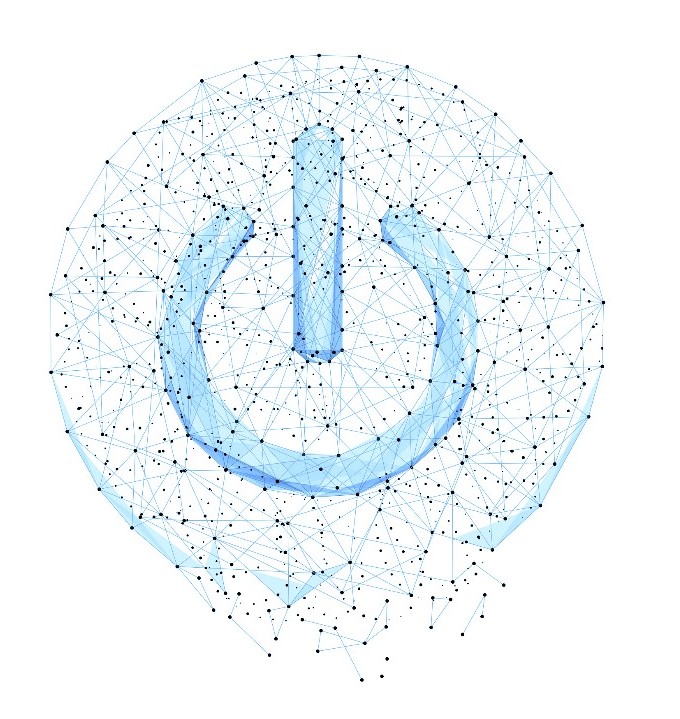HR is Broken #2: Product Obsolescence
Since the dot.com era of the 2000’s as both software evolution and hardware obsolescence happened faster, we learned to accept that most technologies had a ‘Used By’ date, to be replaced with bigger and better products. Gartner’s introduced the ‘hype cycle’ concept in 2005 to explain this pattern, tracking technologies from first appearance to market hype and later to maturity.
Gartner’s introduced the ‘hype cycle’ concept in 2005 to explain the technology cycle, from trigger to hype and later to maturity.
As HR products and thinking comes under increasing change-pressure and an increasing number of digital products hit the world of work, it’s useful to look at parallels with technology-product markets . For example:
Different companies are creating their own hype in the talent market by piloting beautifully designed offices, high-trust work environments, empowered micro-learning solutions and bold reforms to performance, talent or flexibility,
The World of Work gets measured and judged as company ecosystems become transparent, through Apps like Glassdoor & SEEK,
The HCM/workforce software market is heading towards $20B, transforming from central platforms to connected cloud capability & useful mobile apps, with a small-but-rising number bypassing companies and selling to the employee-consumer,
BYO apps like Trello (task management), Lynda (learning), Dropbox (Storage) or Freelancer (work) are flooding the work landscape, enabling people to bypass company work platforms and choose work tools of their own preference.
As a result, there is a growing transparency on companies and their HR teams to treat employees more like customers, delivering customisation & choice as well as a consumer-grade experience.
Unfortunately applying Garter’s Hype Cycle to HR solutions shows up a disturbing pattern. Most HR business models are not set up for a rapidly moving market….either product ideation, market scanning or product evaluation.
In fact, if HR teams have an achilles heel on the Gartner’s cycle it is perhaps the trap of ‘Hanging on too long’ to many products and tools (see below), a theme of my first article in this series.
So what are companies doing to help them adapt to these trends? Surprisingly some HR teams have started tapping into different capabilities and alliances within their own organisation, to help adapt including:
Adopt evidence-based change approaches (Agile, Design Thinking or Lean) to evaluate products and their impact on employee experience
Reward bottom-up innovation from employees to help filter change opportunities and get fresh ideas for employee-driven product changes
Build partnerships with ICT, Marketing and Digital programs, to learn new product-replacement capabilities,
Encourage an external market focus in HR teams by bringing in a external speakers and tracking market shifts, to drive awareness and then adoption of better products and approaches
Work with R&D or Innovation groups to learn how to set up small product pilots or experiment cheaply with new ideas
The most advanced HR teams are looking newer customer- or product- driven operating models from other parts of their company to create their own agile version of HR, that is ready for both digital transformation and product replacement.
For those who don’t have ready access to these capabilities there are plenty external consultants and advisors, R&D hubs or innovation communities, including those based in universities and local co-working spaces.
Good luck with the changes in your team!






